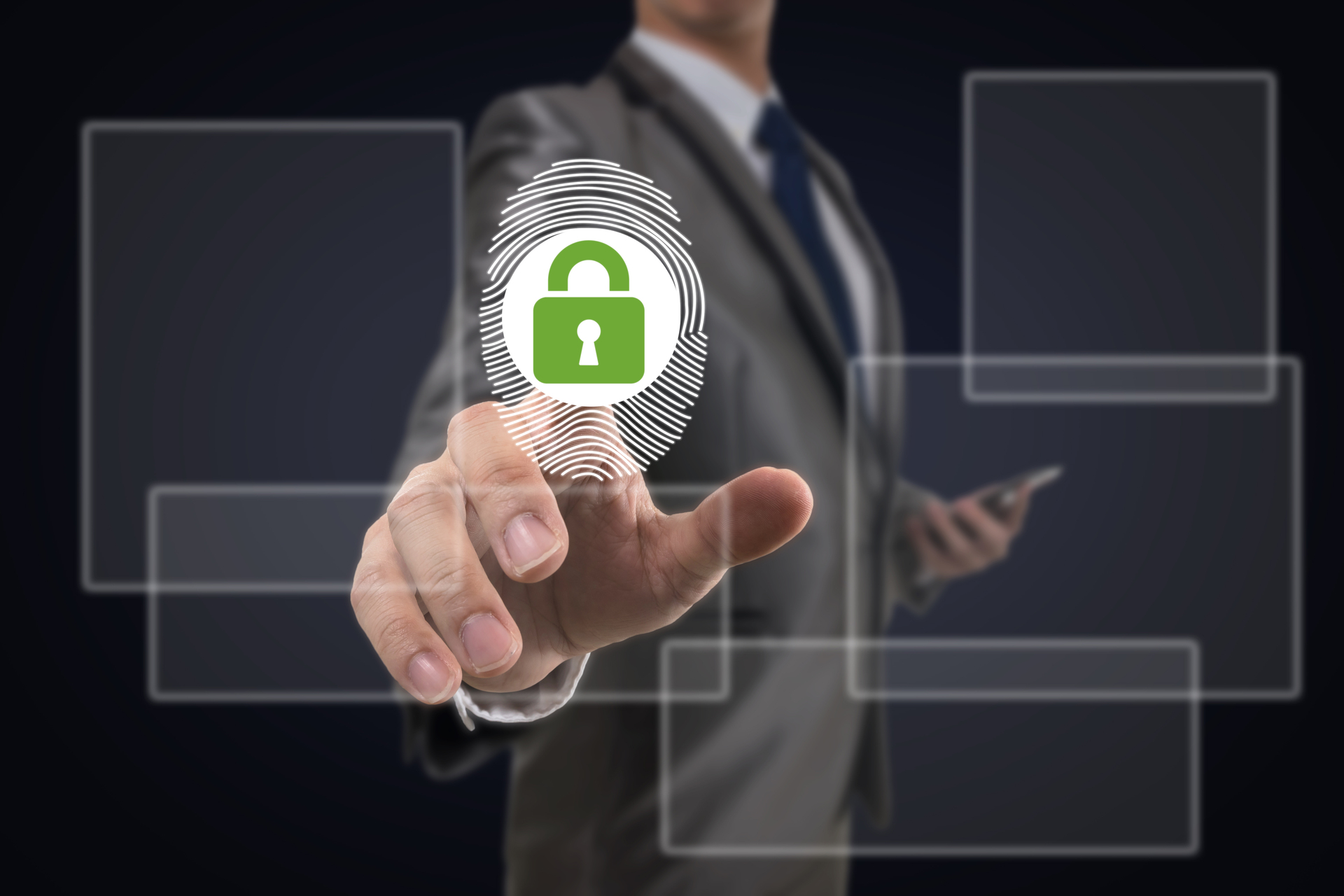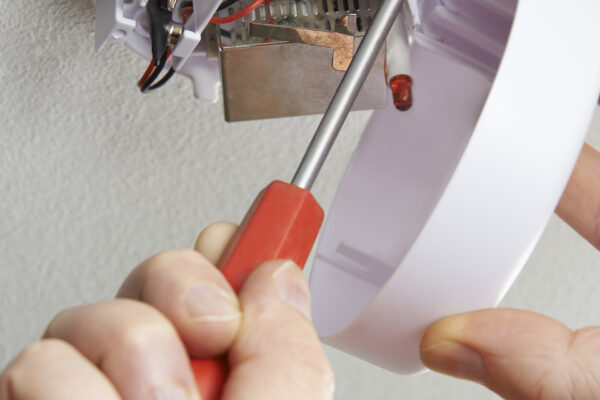
How/Why to Add Yourself to Your Partner’s Biometric Touch ID
Let’s be honest: if you’re looking into their phone habits and spotting red flags, there’s a good chance their device is holding more secrets than they are willing to share.
And if you’re always met with, “You don’t need to see my phone,” that’s when you might need to consider your options. One of the most discreet ways to quietly access a phone (or secured device) is through biometric access—specifically, Touch ID or fingerprint unlock.
🧠 Wait—Is That Even Legal?
Let’s get this out of the way first: only add your fingerprint to a device you have a legal right to access. In most places, that includes shared property, phones on a family plan, or any device where you’re a co-owner or have implied access.
This is not legal advice—but if it’s your partner’s phone and they live with you, pay bills jointly, or you’ve previously had access, it’s not uncommon for partners to share fingerprint access… even if they don’t know they did it.
👆 When & How to Add Your Fingerprint
The easiest time to add yourself is when they hand you their phone unlocked or when they ask you to “check something.” If their settings allow it, you can:
- Go to Settings → Touch ID & Passcode
- Enter the existing passcode if required (which you should already know—or observe closely when they type it)
- Add your own fingerprint and label it something discreet (like “Right Thumb”)
Once added, you’ll have biometric access whenever needed—no passcode guessing, no lockouts, and no “forgot pattern” screen.
🛍️ Tools That Can Help (and Practice Your Skills)
Heads up: This post contains affiliate links. As an Amazon Associate, I earn from qualifying purchases.
★ Biometric Fingerprint Padlock
Want to practice adding/removing fingerprints on a secure device without the pressure? These locks are also used to secure bags, lockers, or private drawers—yes, cheaters use them too.
[Insert your affiliate link]
★ USB Fingerprint Reader for PC
Some cheaters use PC-level fingerprint access for photo vaults or locked folders. These USB fingerprint readers give you a better understanding of how desktop-level biometrics work—plus you can test it on your own setup.
[Insert your affiliate link]
💡 Pro Tip: Watch for “Extra” Fingerprints
Check how many fingerprints are registered on the phone. If there are more than two and they only use one, it might mean someone else has access.
You can see this in the fingerprint settings menu—it won’t name the fingerprint, but it will show how many are added.
📱 What You’ll Gain
Biometric access gives you real-time entry, no waiting, no password resets.
If something’s going on—and they’re not exactly rushing to be transparent—adding yourself quietly gives you a safe window to review what’s really happening before you ask questions they might dodge.
Final Thoughts
If you’re already suspicious, and the phone is locked up like Fort Knox, there’s a reason. Fingerprint access is one of the simplest ways to monitor without confrontation—when done discreetly and within your rights.
Need more tools to quietly investigate? Or book a private consultation to get personalized tips from someone who’s already done the legwork.
Spy smart. Trust yourself. And always SpyLikeAPro.




